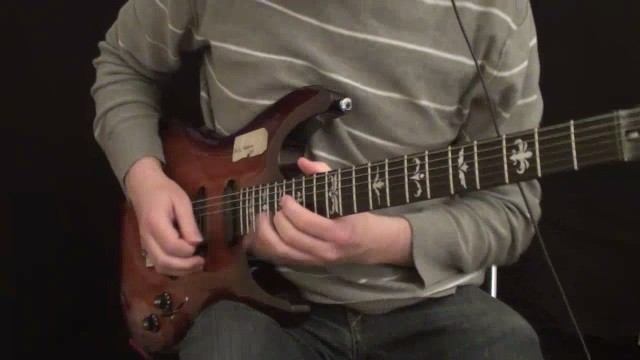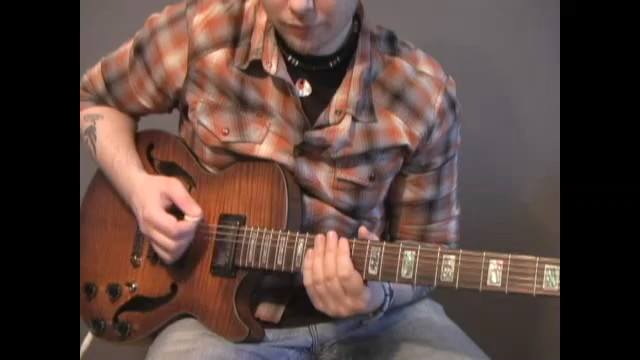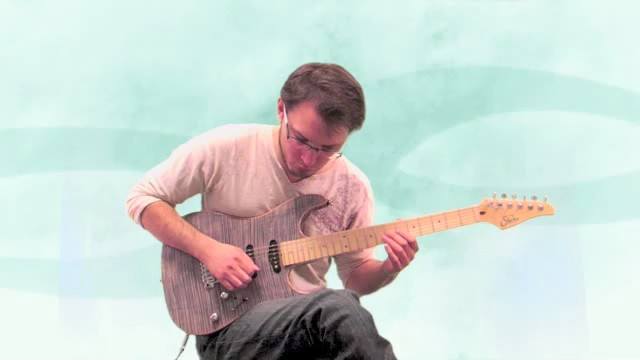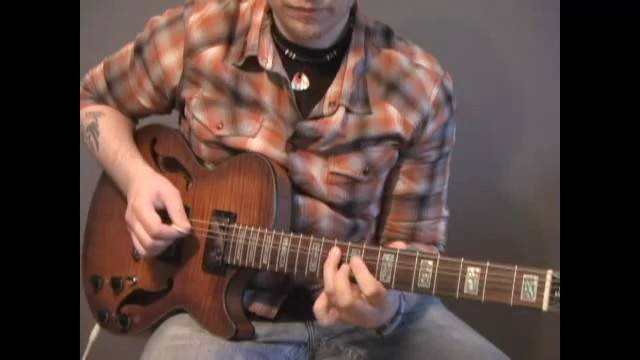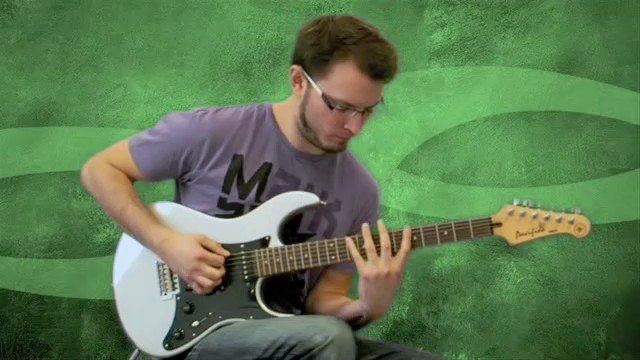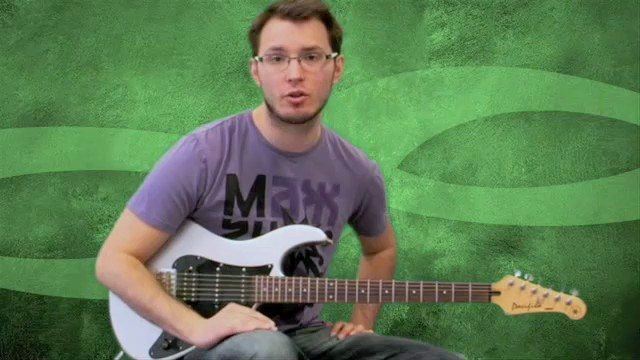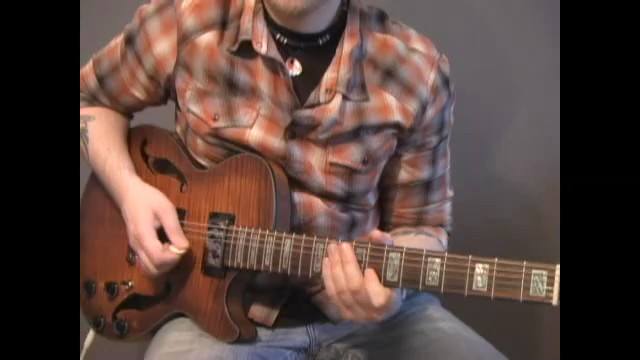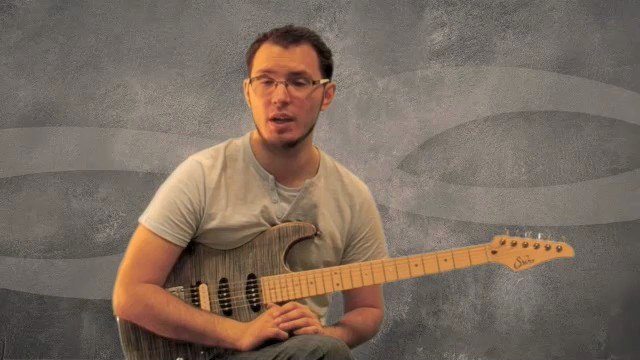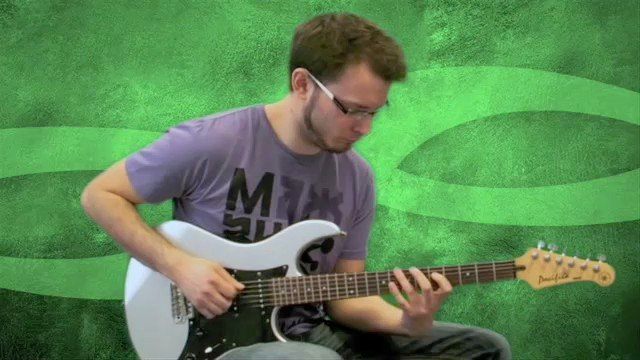Hi there guys! Welcome to this tutorial on 'Playing Over Changes'. This is the idea of playing or improvising over a series of chords that change key every bar or other bar. We aren't going to be dealing with diatonic or functional harmony progressions in this tutorial. We'll have a separate one for that purpose.
The first thing to mention is that you'll need to know your modes and their structure to do this tutorial. This isn't a modal lesson so use my modes tutorial to learn how to visualise those first if you haven't already done so. Here's the link:-
This was a topic which has been requested a great deal and one which is very difficult to get to grips with. Today I'm going to present you with the basics of the theory behind scale choices for chords derived from the major scale in a modal context. This is what I refer to as non-functional harmony. We're not playing standard, diatonic chord progressions such as a I-IV-II-V progression. Rather we're dealing with chord progressions that change key every bar or every chord. Bizarrely, these are often easier to sound convincing over than functional progressions.
I look at soloing over chord changes as being broken into three distinct areas. The first is theoretical knowledge (which is the purpose of the first part of this tutorial). This is chord/scale relationships and an understanding of chord symbols and their implications. This is far too big a topic to cover in one tutorial so we'll only deal with major scale harmony today.
The second area is fretboard knowledge. Now you have the theory can you apply it seamlessly to the fretboard and never get lost or stuck? Do you rely on patterns and muscle memory, finding yourself only playing in specific parts of the neck? If so then the continuous scale exercises in this tutorial should help you a lot.
The final area is aural ability and phrasing relating to hearing a phrase and having the ability to make conscious note choices instead of relying on a scale. The end goal is to get away from scales and make conscious and ear based decisions about every note you play in relation to the chord.
For this tutorial we'll stick to the first concept (theory) and start your journey on the second one (fretboard knowledge).
Next month we'll cover more fretboard knowledge concepts and melodic minor harmony and changes.
There are seven backing tracks at the end of the tutorial for you to try your skills on!
Good luck!










































































